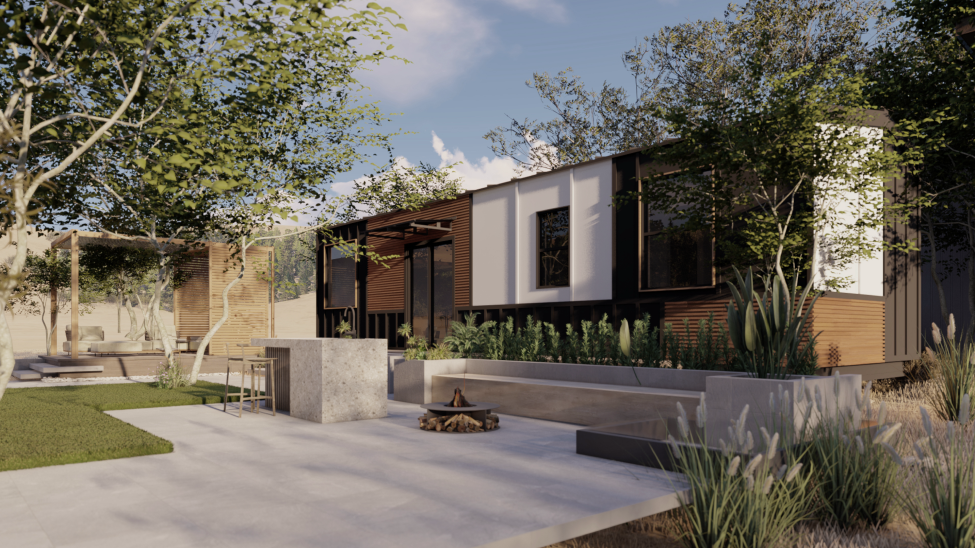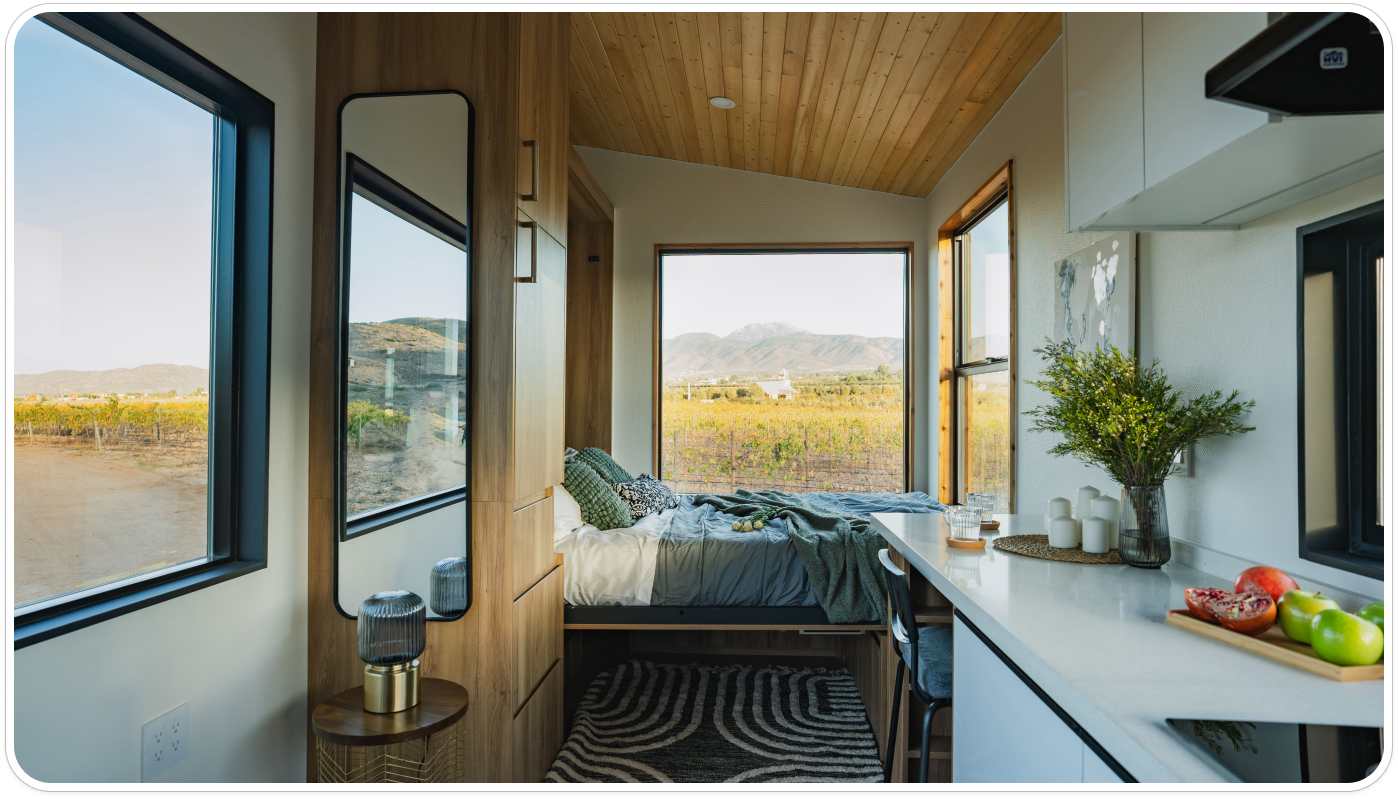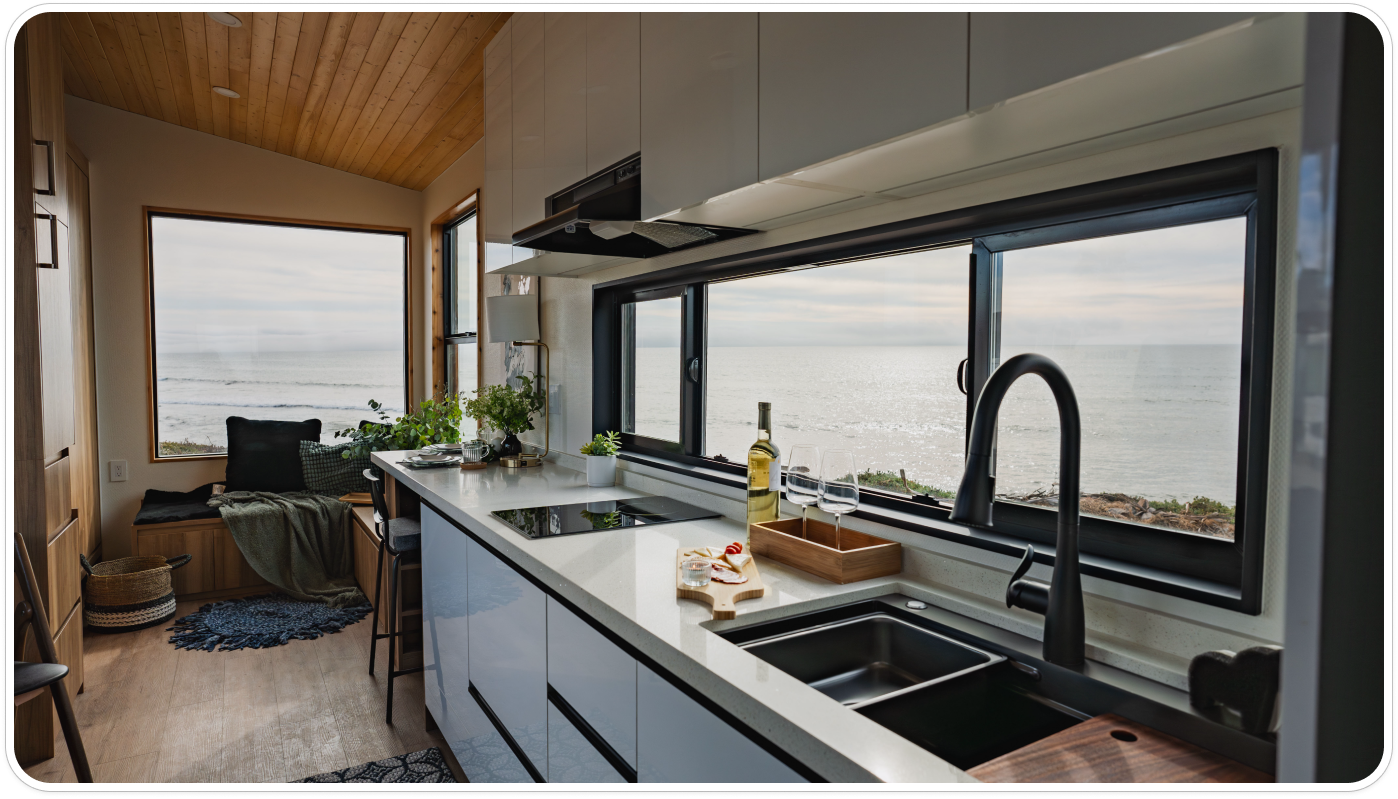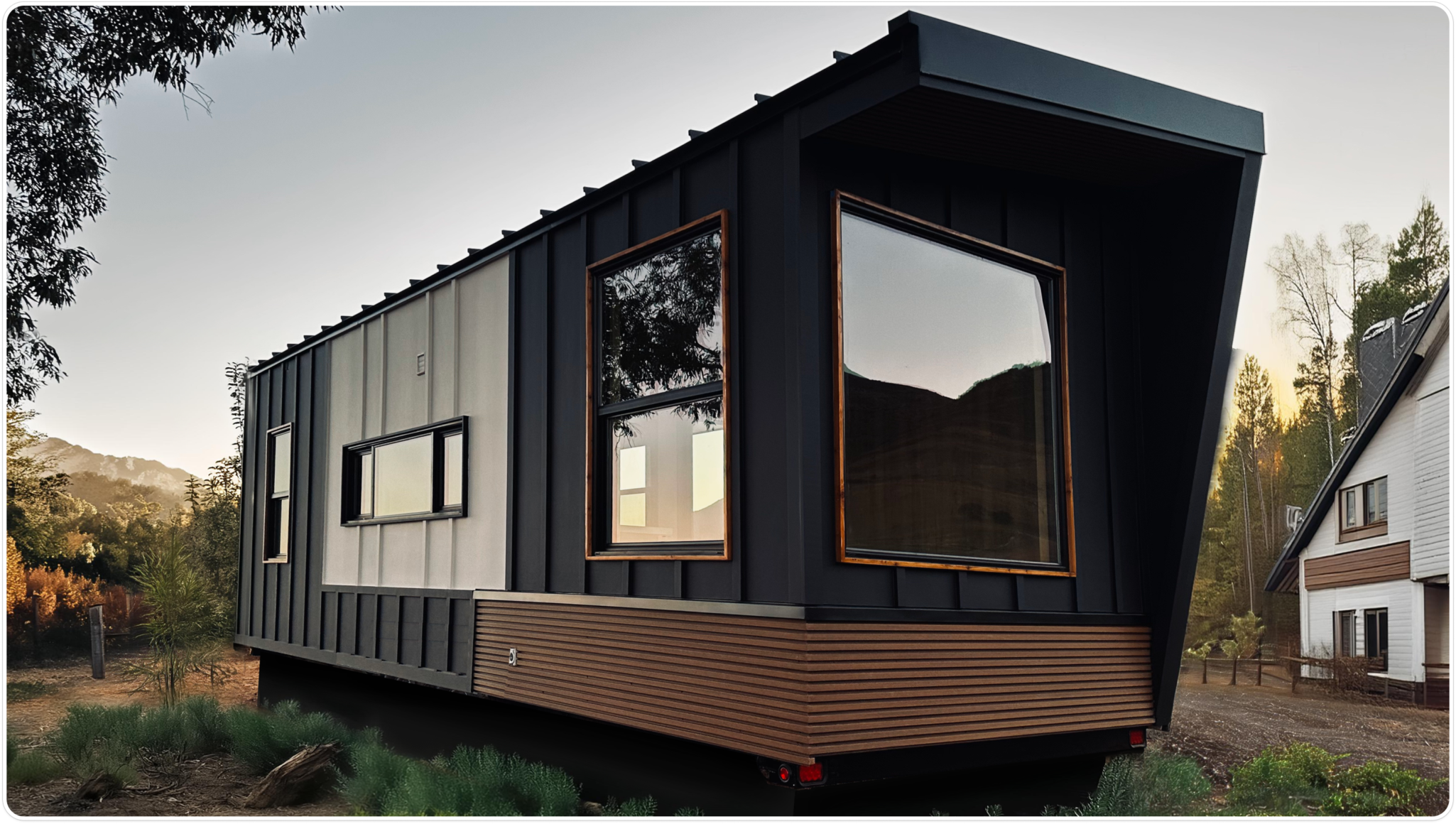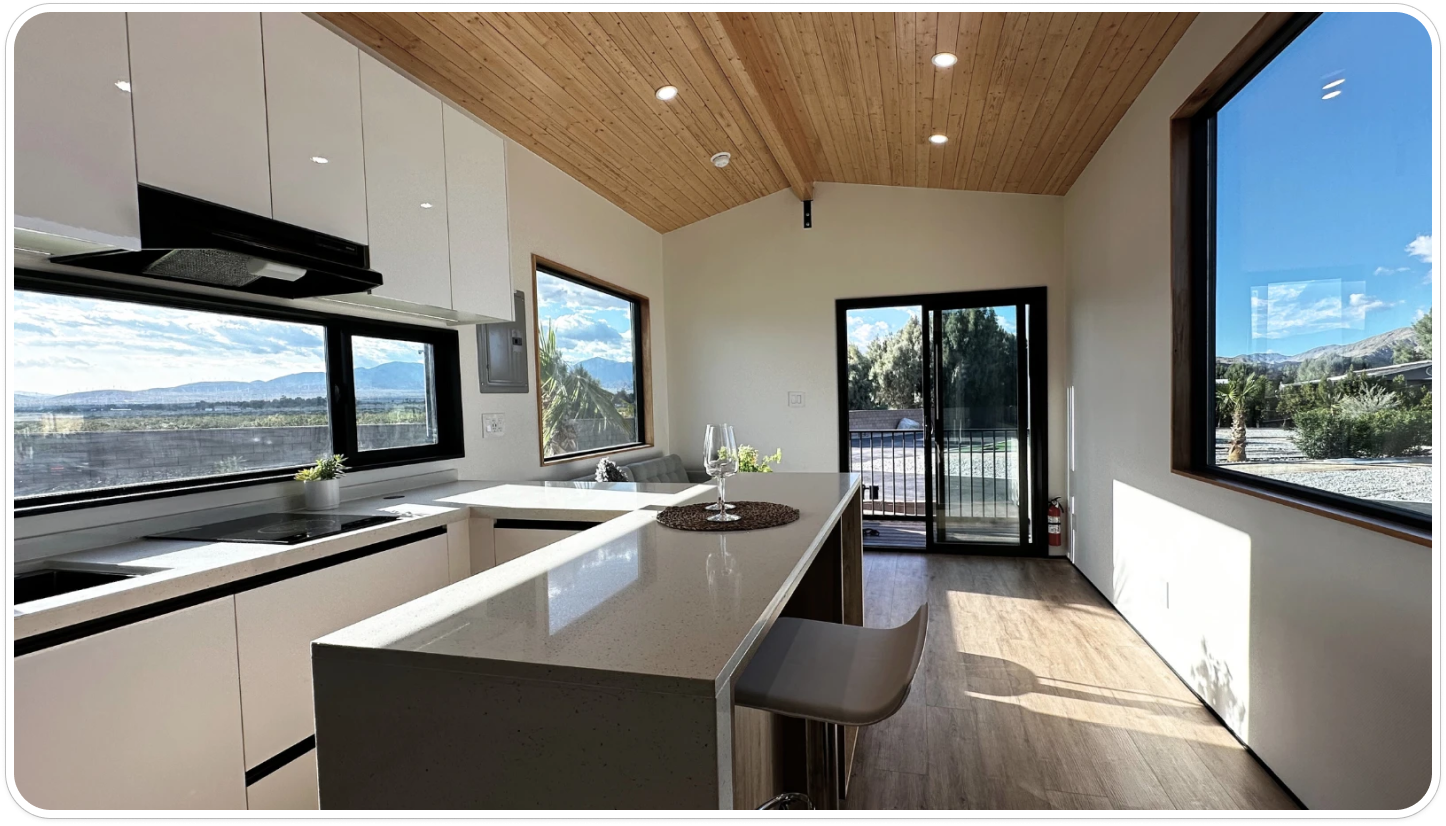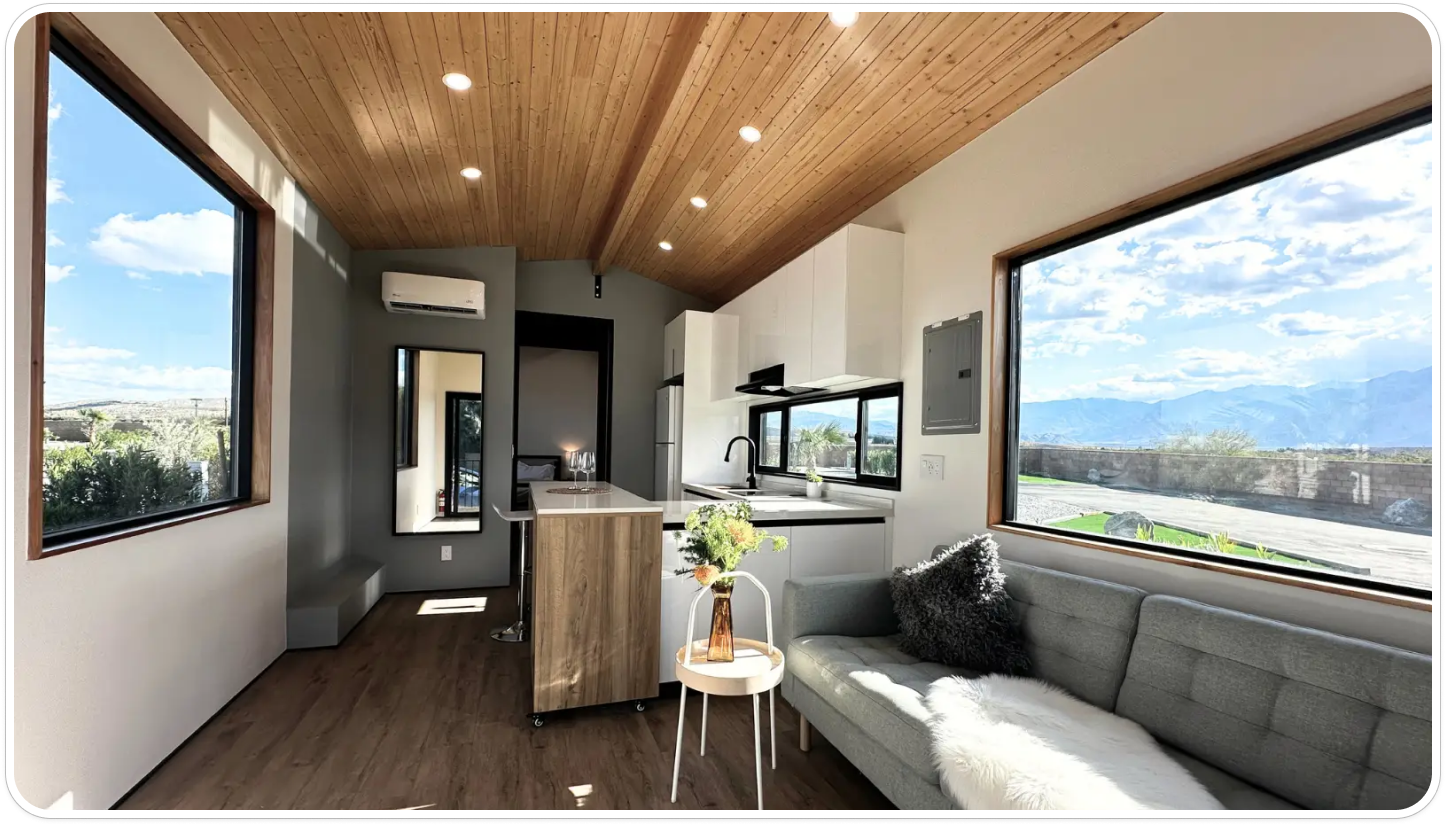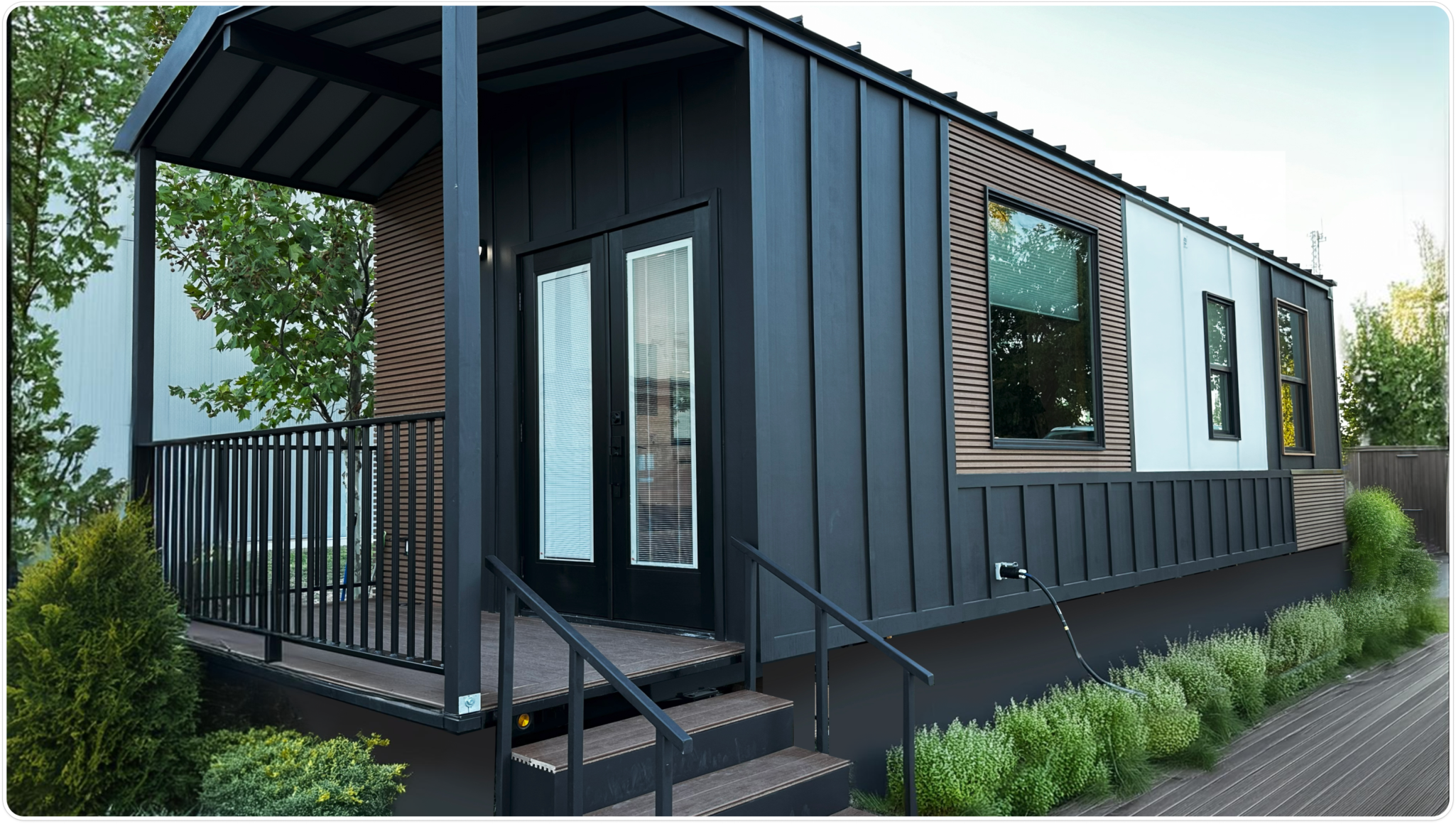The Ultimate Guide to ADU Homes: Benefits, Types, and How to Get Started
Brandon Hustlar June 21st 2024
Accessory Dwelling Units (ADUs), often referred as “ADU homes”, are revolutionizing modern housing. Whether you’re looking to generate extra income, accommodate family members, or add value to your property, ADUs offer a flexible and cost-effective solution. In this comprehensive guide, we’ll explore everything you need to know about ADU homes, including their benefits, types, costs, legal considerations, and steps to build your own.
What is an ADU Home?
An Accessory Dwelling Unit (ADU) is a secondary housing structure built on the same lot as a primary residence. These units are self-contained, featuring their own kitchens, bathrooms, and living spaces. Commonly referred to as “granny flats”, “backyard cottages”, or “in-law suites”, ADUs have gained popularity due to their versatility and ability to address housing shortages.
Why Are ADU Homes Trending?
- Housing Affordability Crisis: ADUs provide affordable rental options in high-cost areas
- Multigenerational Living: Families use ADUs to house aging parents or adult children.
- Passive Income: Homeowners earn rental income by leasing their ADU.
- Sustainable Living: Smaller footprints reduce energy consumption and urban sprawl.
Types of ADU Homes
ADUs come in various forms, each suited to different needs and property layouts.
1. Detached ADUs:
A standalone structure built in the backyard, detached ADUs offer maximum privacy. Examples include tiny homes or backyard cottages.
2. Attached ADUs:
These units share a wall with the primary residence, such as a basement apartment or a garage conversion.
3. Junior ADUs (JADUs):
Smaller units (up to 500 sq. ft.) created by converting existing space, like a garage or attic, into a living area.
4. Prefab ADUs:
Factory-built modular units installed on-site, reducing construction time and costs.
Top Benefits of Building an ADU Home
1. Generate Rental Income
ADUs can yield $1,500 – $3,000 a month in rent or even more, depending on your location, the size of the ADU and the number of rooms it has. In cities like Los Angeles, ADUs contribute to solving housing shortages while boosting homeowners’ income.
2. Increase Property Value
Homes with ADUs sell for 20 – 30% more than those without one, according to a 2022 National Association of Realtors study.
4. Eco-Friendly Design
ADUs often use energy-efficient materials and solar panels, aligning with sustainable living trends.
How Much Does an ADU Home Cost?
Costs vary based on size, type, and location, to give a general range, these are some averages in the most densely populated cities in California:
- Detached ADU: 150,000 – 350,000
- Garage Conversion: 50,000 – 150,000
- Prefab ADU: 130,000 – 300,000
Pro Tip: California used to offer grants up to $40,000 for ADU Pre-Construction costs through CalHFA. Check for state programs to verify if there is any available, also, there are some cities and counties that offer different kind of incentives like forgivable loans, grants, rebates on appliances. Don-t forget to look for local programs and reduce the cost of your ADU!
Pro Tip 2: HOMEPLEX is proud to be the preferred dealer and installer of Clever ADUs. We manage all aspects of your project to ensure the new ADU suits your immediate needs and long term goals:

High-end detached ADUs installed for as low as $159,750.
HOMEPLEX is proud to be the preferred dealer and installer of Clever ADUs. We manage all aspects of your project to ensure the new ADU suits your immediate needs and long term goals.
Legal Considerations for ADU Homes
Zoning Laws
Most states now permit ADUs, but regulations differ. California is one of the most flexible states for ADUs and laws are being amended regularly to promote this kind of housing. These are some examples:
- SB 1211: Now allows an multi-family property to install up to 8 detached ADUs
- SB 9: Allows up to 4 detached dwellings in a single family lot
- California Government Code: Allows ADUs up to 800 square feet independently of certain standards that would not allow an ADU under other circumstances.
- AB 2533: Mentions that unpermitted garage conversions built before 2020 can now be permitted without excesive fees
Permit Requirements
Expect to secure permits for electrical, plumbing, structural work, among others. Partnering with a company like HOMEPLEX ensures compliance with local codes.
Pro Tip 3: Get a free virtual feasibility report at homeplex.net
6 Steps to Build Your ADU Home
- 1. Assess Your Property: Evaluate space, zoning laws, and utility access.
- 2. Choose a Design: Opt for prefab or custom plans.
- 3. Budget & Financing: Explore loans, grants, or cash-out refinancing.
- 4. Hire Professionals: Work with licensed contractors or ADU specialists.
- 5. Secure Permits: Submit plans to your local planning department.
- 6. Construct & Inspect: Build your ADU and pass final inspections.

Ready to Build Your ADU Home?
ADU homes are a smart investment for homeowners seeking flexibility, income, and sustainability. At Homeplex, we specialize in designing and constructing high-quality ADUs tailored to your needs. Contact us today to start planning your dream ADU!
FREQUENTLY
ASKED QUESTIONS
Can I rent my ADU on Airbnb?
Usually no, it depends on your jurisdiction. The overall purpose of an ADU is to mitigate the existing housing crisis in the country.
How long does it take to build an ADU?
Prefab units take 3–6 months; custom builds may require 9–12 months.
Do ADUs require parking spaces?
Many states, including California, have eliminated parking mandates for ADUs.
What is an ADU?
An ADU is accessory to a primary residence and has a complete independent living facility for one or more persons.
What is a Junior ADU (JADU)?
A Junior Accessory Dwelling Unit or JADU is a unit that is no more than 500 square feet in size and contained entirely within a single-family residence.
How many ADUs can I have on my property?
•Single Family Home
One ADU and one JADU are permitted per lot within the proposed space of a single-family dwelling or existing space of a single-family dwelling or accessory structure that meets specified requirements such as exterior access and setbacks for fire and safety.
• Multi-Family Home
Detached: Multifamily lots qualify for two detached, new construction ADUs on lots with a proposed multifamily dwelling, or up to eight detached ADUs on a lot with an existing multifamily dwelling, not to exceed the total number of existing units on the lot.
Conversion: At least one conversion ADU within an existing multifamily dwelling and up to 25 percent of the number of units in the existing multifamily dwelling
What are the size requirements?
By ordinance, A jurisdiction may establish minimum and maximum unit size requirements for both attached and detached ADUs; however, maximum unit size requirements must allow a detached ADU of at least 850 square feet with one bedroom, or 1,000 square feet for ADUs with more than one bedroom. For local agencies without an ADU ordinance, maximum unit sizes are 1,200 square feet for a new detached ADU and up to 50 percent of the floor area of the existing primary dwelling for an attached ADU (at least 800 square feet).
What are the height requirements?
There is no height limit contained in State ADU Law, but local agencies may impose height limits provided that the limit is no less than 16 feet.
What are the setbacks?
A jurisdiction may impose setbacks for the creation of ADUs. A setback of no more than four feet from the side and rear lot lines shall be required for an attached or detached ADU. Additional setback requirements may be required in the Coastal Zone if required by a local Coastal Program. No setback shall be required for an ADU created within an existing living area or accessory structure or an ADU created in a new structure in the same location as an existing structure, while not exceeding the existing dimensions, including height. A local agency may still apply front yard setbacks for ADUs, but front yard setbacks cannot preclude an ADU of at least 800 square feet.
How long do permits take?
Applications to create an ADU or JADU shall be considered and approved ministerially within 60 days from the date the local agency receives a completed application. Although the allowed 60-day review period may be interrupted due to an applicant addressing comments generated by a local agency during the permitting process, additional 60-day time periods may not be required by the local agency for minor revisions to the application.
Is there an owner occupancy requirement?
No. The updates to State ADU Law removed the owner-occupancy requirement for newly created ADUs effective January 1, 2020. However, should a property have both an ADU and JADU, JADU law requires owneroccupancy of either the newly created JADU or the single-family residence. Under this specific circumstance, a lot with an ADU would be subject to owner-occupancy requirements.
Can I rent out my ADU?
Yes. State Law allows you to rent an ADU for periods longer than 30 days.
How much can I rent my ADU for?
The rental income potential for your ADU depends on various factors, including its size, location, number of bedrooms, and local market trends. Contact us for a detailed rental income analysis tailored to your vision. Our team can provide insights into market rates and help you maximize your investment.
What are the financing options?
The most commonly used options are cash-out refinances, renovation loans, savings, personal loans, and construction loans. You can CONTACT US for more information, and we may be able to connect you to our preferred lenders and help your ADU vision come to life.
Are there financial assistance programs available for ADUs?
As of today, depending on your jurisdiction, there are some programs that could help you finance your ADU. Like the CalHFA Program (Currently Paused), ADU Loan Programs from the city, Rebates for energy efficiency, among others.
Table of Contents
Prefab Homes
hello@homeplex.net
(424) 428-8000
145 W Broadway
Long Beach, CA 90802
DRE #02186195
© 2025. All rights reserved. HOMEPLEX, The New American Dream are registered trademarks of HOMEPLEX, INC.

